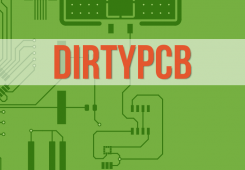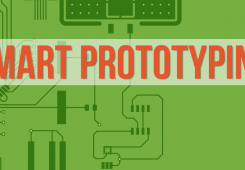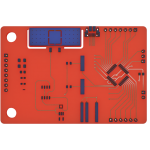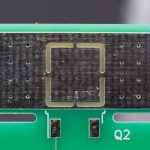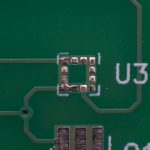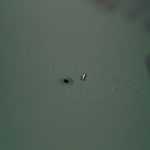Hot Air Solder Leveling
Synonyms: HASL
Hot Air Solder Leveling Definition
Hot Air Solder Leveling is the surface finish process by which a thin layer of solder is deposited as a protective coating on the exposed copper of a printed circuit board.
After the solder mask is applied, the entire board is dipped into a bath of molten solder, which bonds to any available copper. The PCB is then removed from the solder bath and is cleaned of any remaining coating with blasts from hot air knives, leaving a thin skin of solder bonded to the unmasked copper layer.
For many years , a solder mixture of roughly 63% Tin and 37% Lead was used for the HASL finish, but as the desire for lead free processes has emerged, “Lead Free HASL” has become a common process as to comply with RoHS and REACH regulations.
HASL is by far the least expensive surface treatment, and is the default application at most fabs. While good systems can apply a fairly uniform coating, the surface is very rough compared to immersion finishes like ENIG. There is also a contamination risk that the hot air blast will not clean the solder mask completely, or fully remove excess solder from smaller plated through hole footprints, exposed vias or BGAs.
Hot Air Solder Leveling Examples
- Surface Finish Areas in Blue
- Solder Mask Offset over SOT23-5
- Heatsink HASL Surface
- QFN Footprint
- Solder Melted into Solder Mask
Further Reading
Hot Air Solder Leveling – Wikipedia
Hot Air Solder Leveling – 7PCB
Hot Air Solder Leveling in the Lead Free Era


